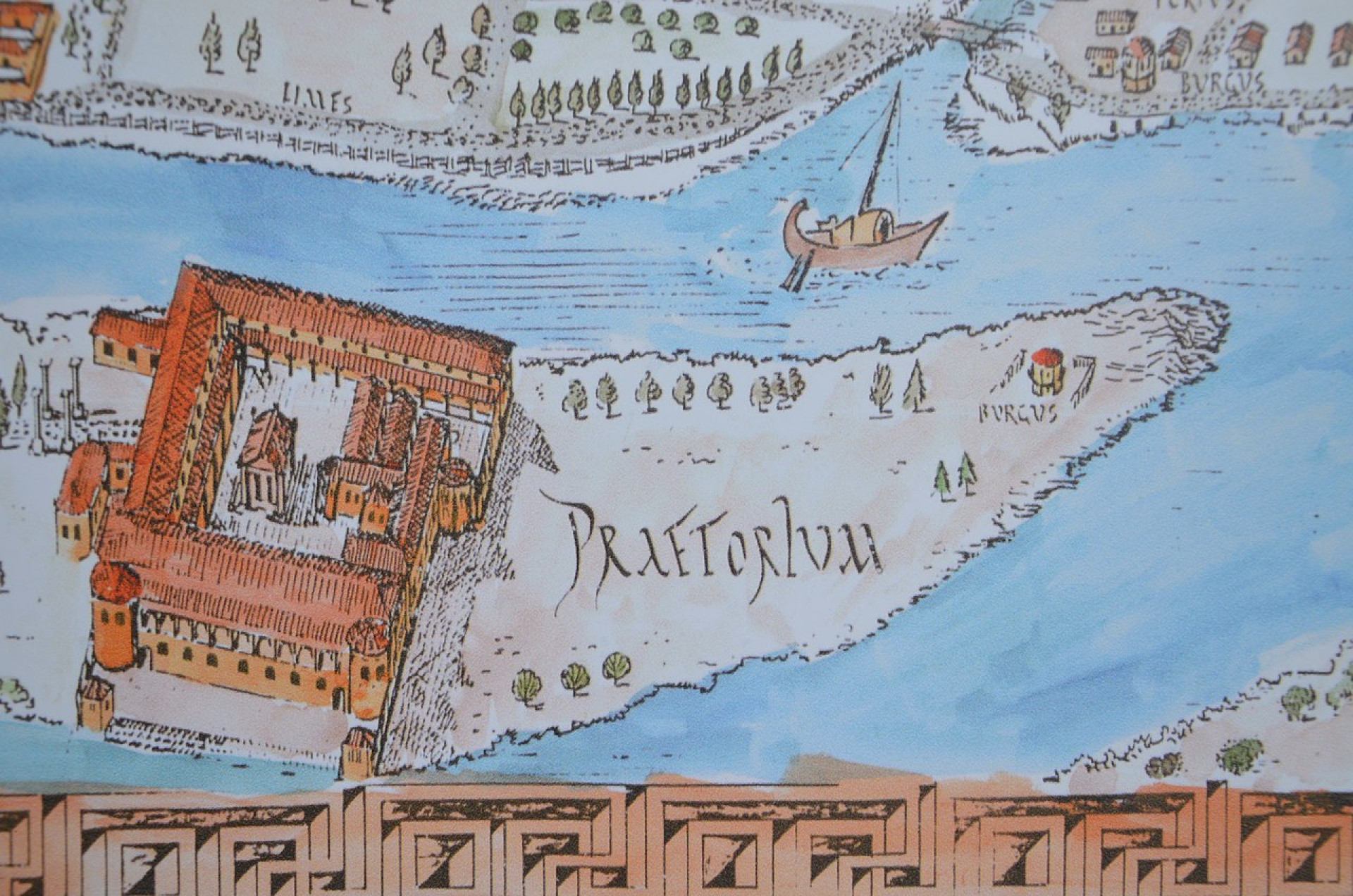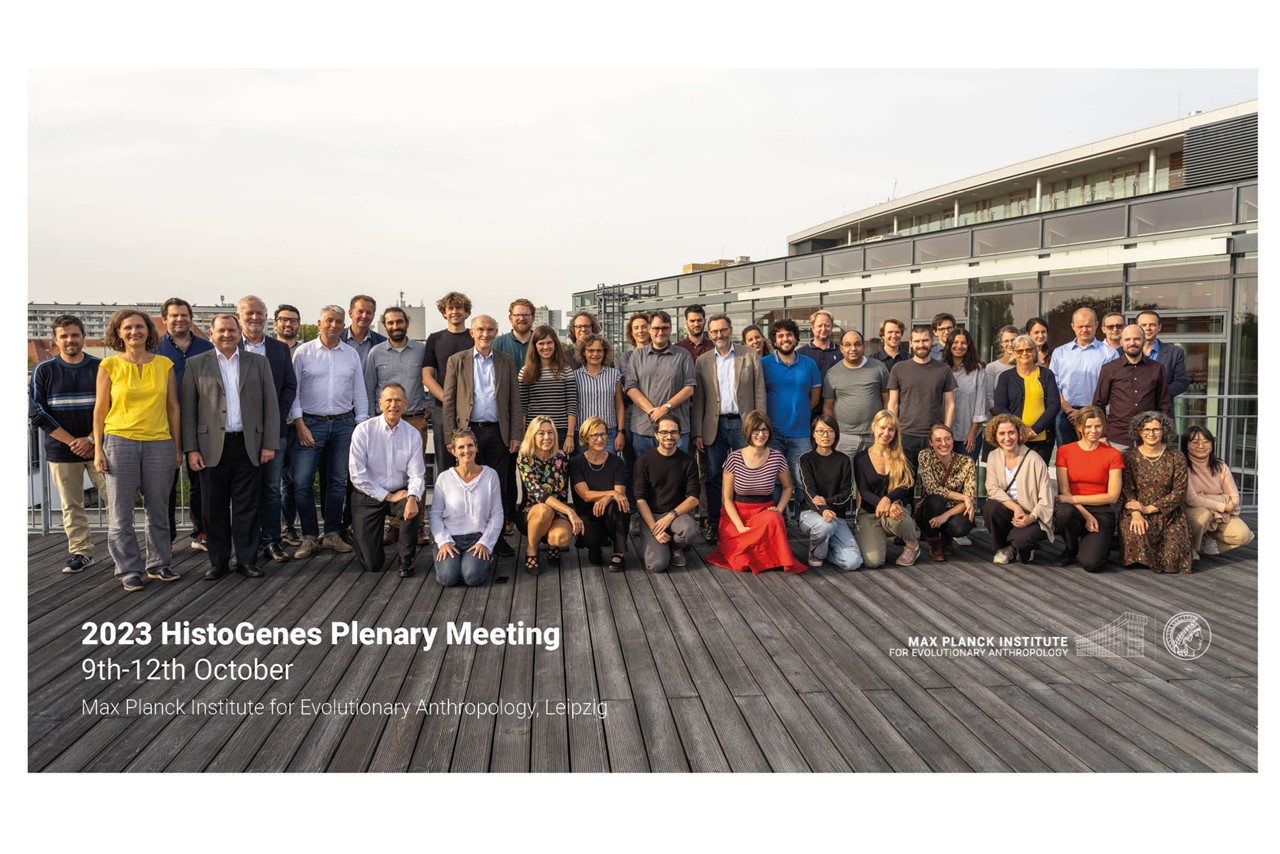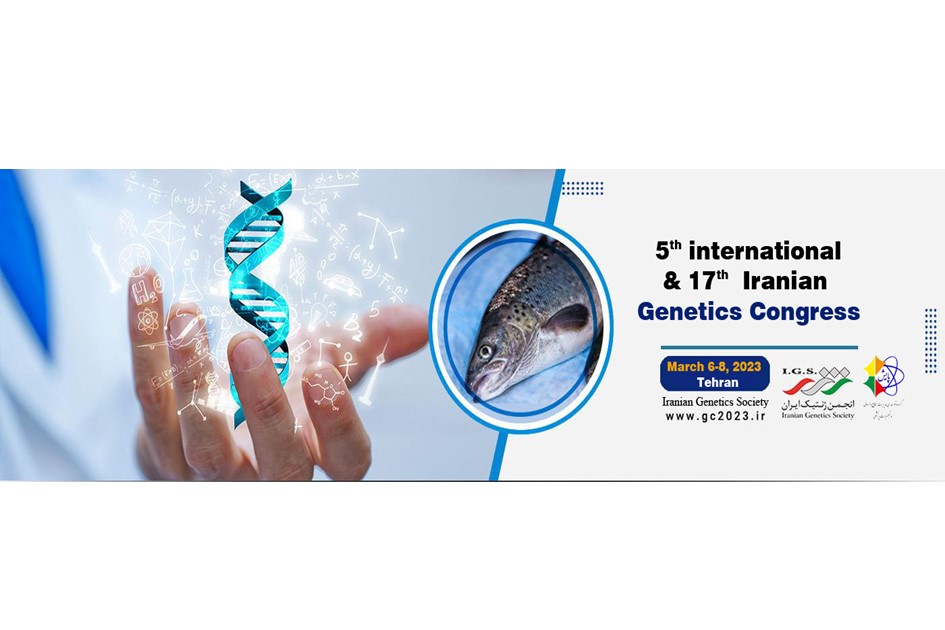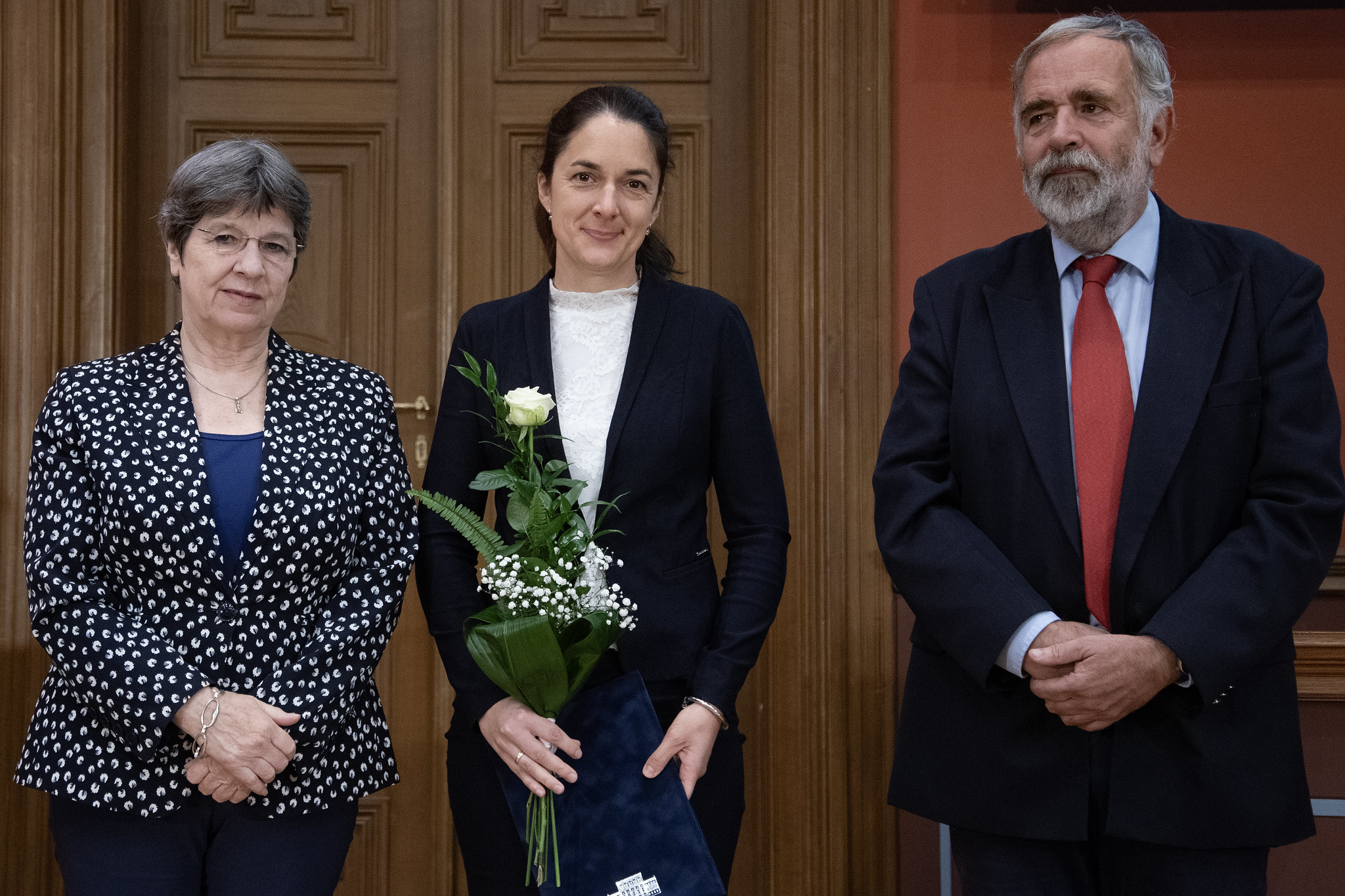
On September 26, 2023, the official announcement of the results of the MTA's Momentum Grant (MTA Lendület Pályázat) took place, where the winning applicants briefly presented their research projects. Among them was Anna Szécsényi-Nagy, the director of our institute outlined the interdisciplinary research plans for the emerging Momentum Bioarchaeology Research Group's project titled "Life and Death at the Edge of the Roman Civilization: Complex Bioarchaeological Analysis of Pannonian Communities”.
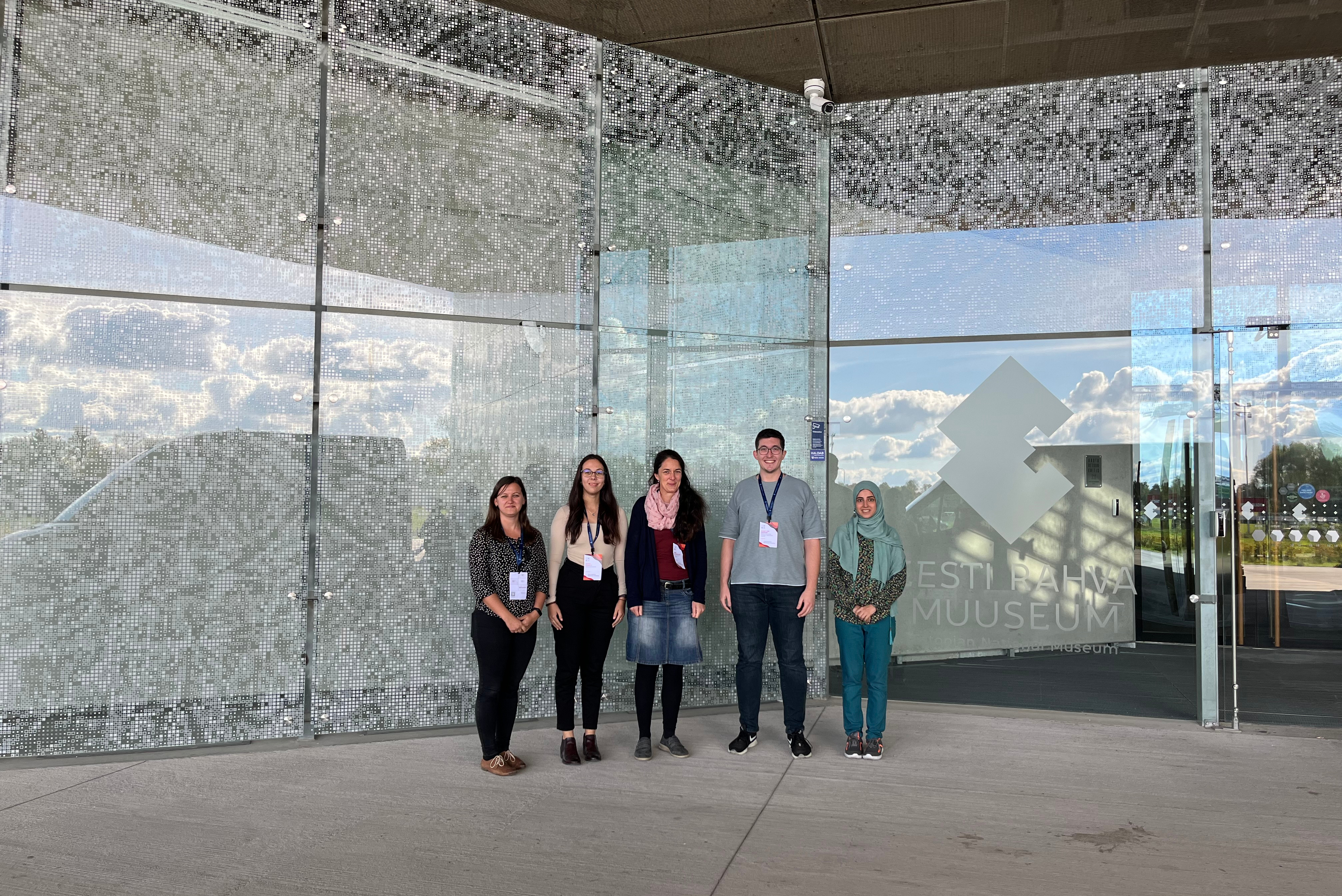
The International Society for Biomolecular Archeology (ISBA) organized the 10th ISBA conference between the 13-15th of September in Tartu, Estonia. Anna Szécsényi-Nagy, our director and five colleagues of the Institute of Archaeogenomics participated in one of the most prestigious events in the scientific field with a lecture and four posters.
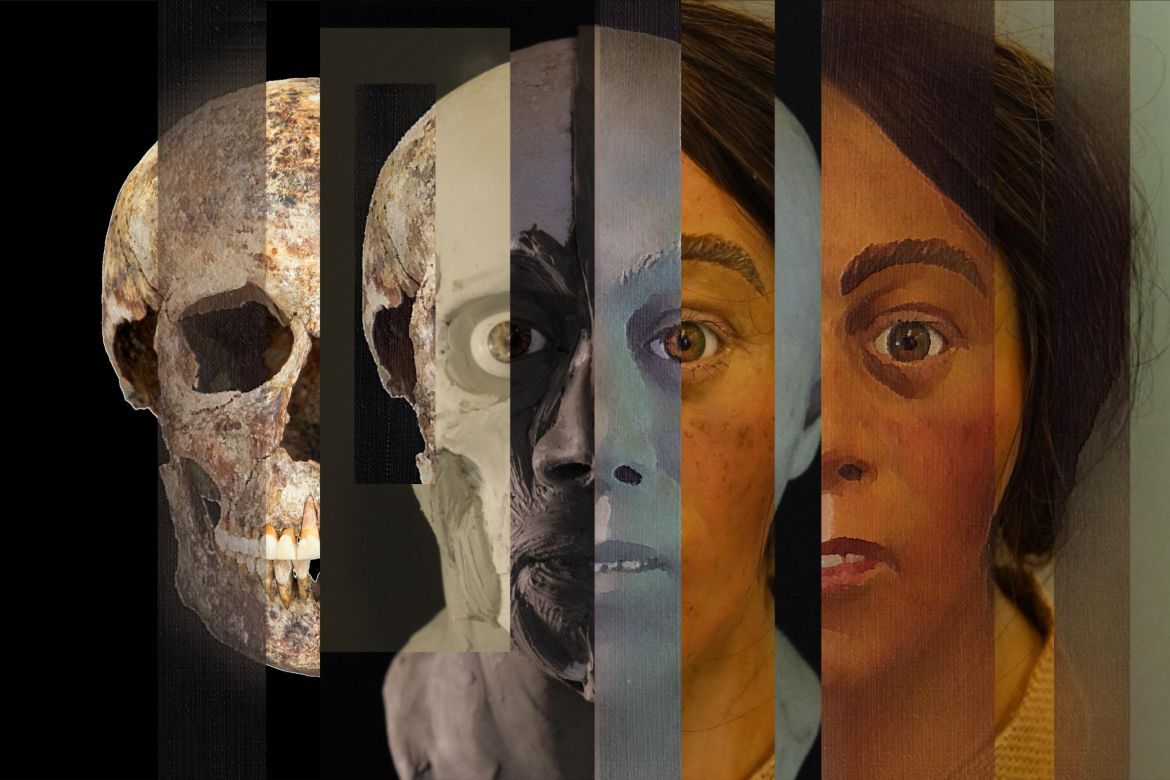
In 2003-2004, excavations on the outskirts of Balatonkeresztúr along the M7 motorway, led by Szilvia Fábián, revealed Bronze Age graves at a multi-stage site. In cooperation with the research program of the Momentum Mobility Research Group of the HUN-REN RCH Institute of Archaeology led by Viktória Kiss, the human remains from the graves were genetically analyzed by the researchers of the HUN-REN RCH Institute of Archaeogenomics. The results have recently been published in the Oxford Academic Journal of Molecular Biology and Evolution by Dániel Gerber et al.
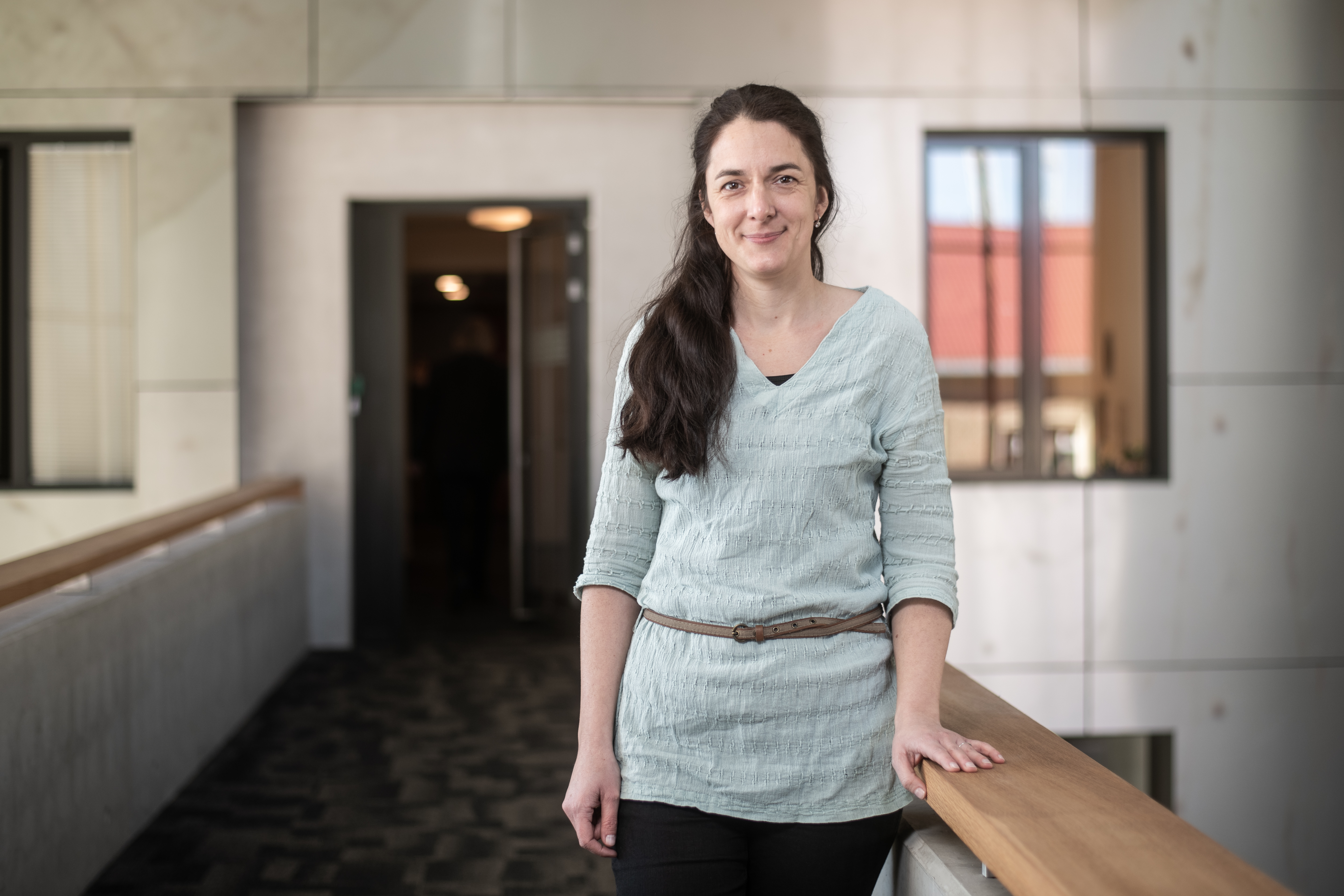
Within the framework of the Momentum (Lendület) programme of the Hungarian Academy of Sciences, the director of our institute, Anna Szécsényi-Nagy's proposal entitled as „Life and Death at the Edge of the Roman Civilization: Complex Bioarchaeological Analysis of Pannonian Communities" has also been awarded a five-year Momentum (Lendület) grant and a new MTA-HUN-REN BTK (HAS-RCH HUN-REN) interdisciplinary research group will be formed in the Institute of Archaeogenomics from December 2023.
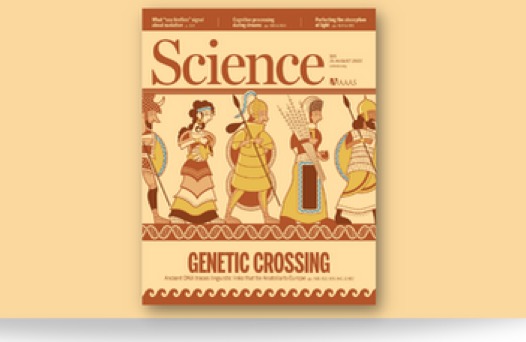
Researchers from the Institute of Archaeogenomics of the Research Centre for the Humanities (IAG RCH), Eötvös Loránd Research Network (ELKH) and the Institute of Biology of the Faculty of Science, Eötvös Loránd University (ELTE TTK) as part of an international research team of more than two hundred members, have investigated the cultural and genetic interactions of prehistoric, ancient and medieval populations living in the area that forms a bridge between Europe and Asia - the so-called Southern Arc.
More Articles …
- Investigation of ancestral paternal and maternal lineages in the Odorheiu Secuiesc region of Transylvania
- The colleagues of the Institute of Archaeogenomics at the DSB Conference 2022
- Archaeological and genetic analysis from the early medieval cemeteries of the Volga and Ural regions — a new milestone in the archaeogenetic research of the Hungarian prehistory
- Introducing the Institute of Archaeogenomics of the Research Centre for the Humanities in the Hungarian Archeology online scientific journal
Page 5 of 7



